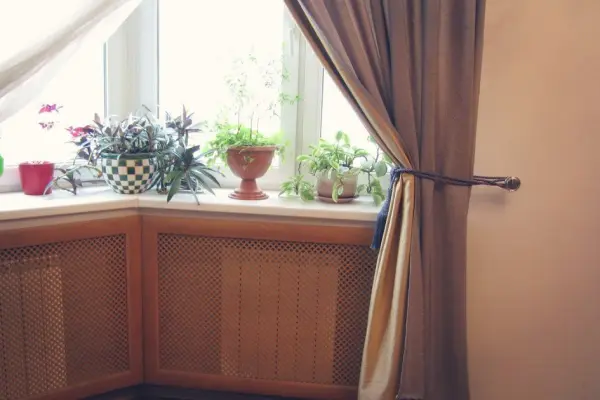Decorating heating radiators in 2025 has turned into a true art form. Modern designer radiators are no longer hidden but proudly displayed. Decorating heating batteries has become an essential part of interior planning, as stylish radiators can cost anywhere from $200 to $2,000 per unit.
It’s worth noting that proper radiator decoration in an interior not only enhances aesthetics but can also improve radiator efficiency by 15-20%. In my work with private clients, I often observe that homeowners underestimate the impact of design on functionality.
“Thoughtful radiator decoration is like choosing the right frame for a painting. A radiator can either become a room’s highlight or its flaw. It all depends on the design approach.” – advice from an interior designer.
Modern Approaches to Radiator Design
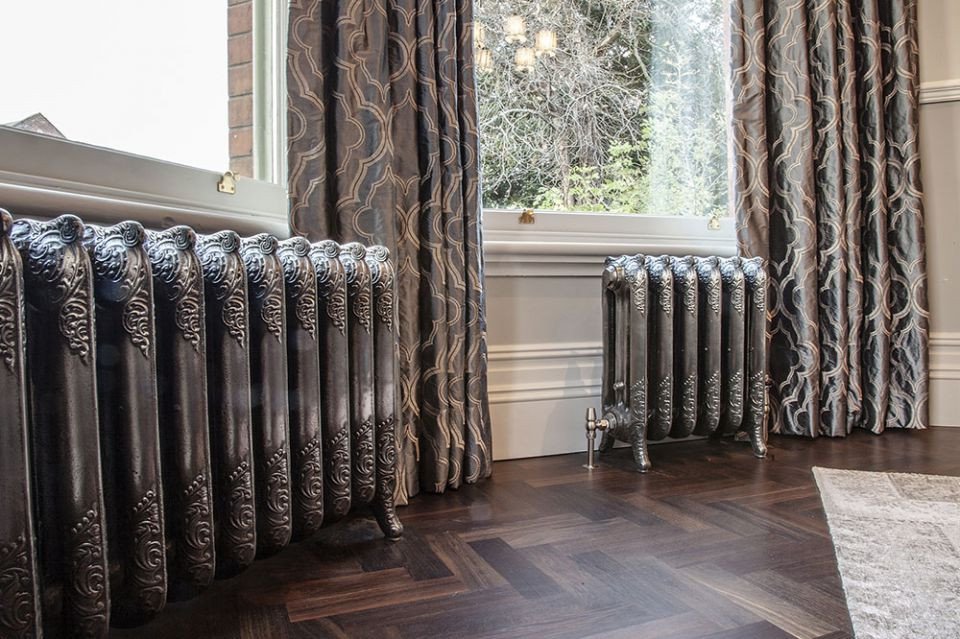 Beautiful heating radiators are no longer a luxury. Not always expensive. But always striking. Elegant heating radiators are now available in hundreds of options—from minimalist panels to sculptural forms.
Beautiful heating radiators are no longer a luxury. Not always expensive. But always striking. Elegant heating radiators are now available in hundreds of options—from minimalist panels to sculptural forms.
Considering their structural features, modern radiators in interiors serve a dual purpose: they heat and beautify the space. Colored radiators allow for creating focal points, while built-in radiators seamlessly blend into the architecture.
In a recent project for a luxury residential complex, architects used radiators as zoning elements. The result exceeded expectations—the space became more functional and visually captivating. According to the latest trends in heating technologies, integrating radiators into interior design is a key trend for 2025.
Ways to Conceal Heating Radiators
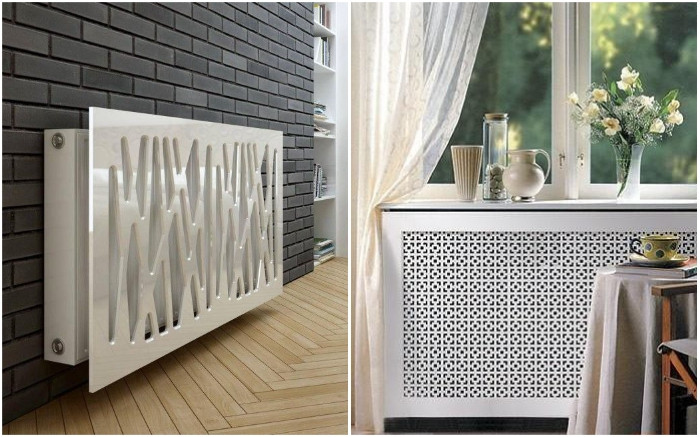 Concealing heating radiators remains relevant for many interiors. Radiators under windows can be hidden in several ways, each with its own advantages.
Concealing heating radiators remains relevant for many interiors. Radiators under windows can be hidden in several ways, each with its own advantages.
Hidden radiators require special attention to air convection—radiators must maintain free air circulation to ensure efficiency. Radiators in niches are a popular solution for modern apartments.
Radiator Screens
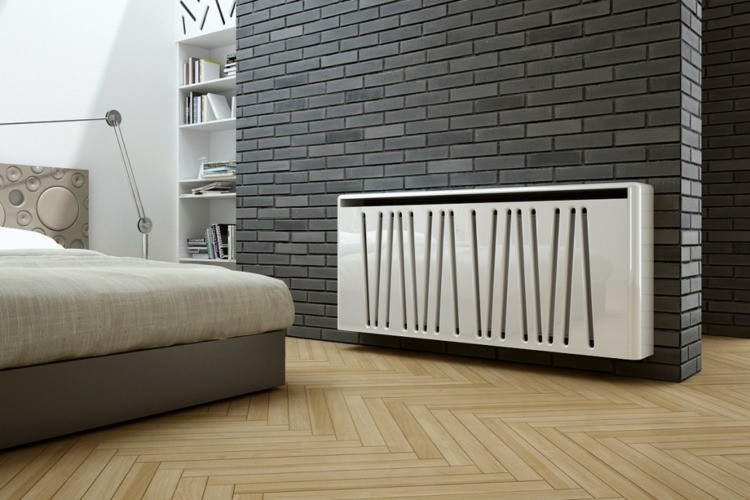 Screens are a classic method of decoration. Materials range from MDF at $30 to designer glass at $300. It’s important to remember that a screen should not cover more than 30% of the radiator’s surface, as this critically disrupts natural air convection and reduces heat output by 40-50%.
Screens are a classic method of decoration. Materials range from MDF at $30 to designer glass at $300. It’s important to remember that a screen should not cover more than 30% of the radiator’s surface, as this critically disrupts natural air convection and reduces heat output by 40-50%.
| Screen Material | Price ($) | Thermal Conductivity | Durability | Interior Style |
|---|---|---|---|---|
| Metal | 50-150 | High | 15+ years | High-tech, loft |
| MDF | 30-80 | Medium | 7-10 years | Classic, Provence |
| Glass | 100-300 | Low | 10+ years | Minimalism, modern |
| Wood | 80-200 | Low | 12+ years | Eco, Scandinavian |
This table will help you choose the optimal screen material based on budget and stylistic preferences. Keep in mind that the right screen choice affects radiator heat output. It’s also important to consider options for custom painting, availability of fixings, moisture resistance (relevant for bathrooms), and compliance with fire safety standards.
Painting Heating Radiators
Painting is the most budget-friendly way to transform radiators. Special heat-resistant paints can withstand temperatures up to 120°C. This way, you can completely change the look of a radiator for $20-40.
“Last season, we painted old cast-iron radiators in bright blue for a children’s room. The result amazed everyone—the radiators looked like ocean waves. The child was thrilled, and heat output remained unaffected.” – designer’s review.
It’s known that dark colors increase heat output by 5-8%, while light colors reduce it by 2-3%. This physical principle should be considered when choosing a color scheme.
Designer Radiators: An Investment in Comfort
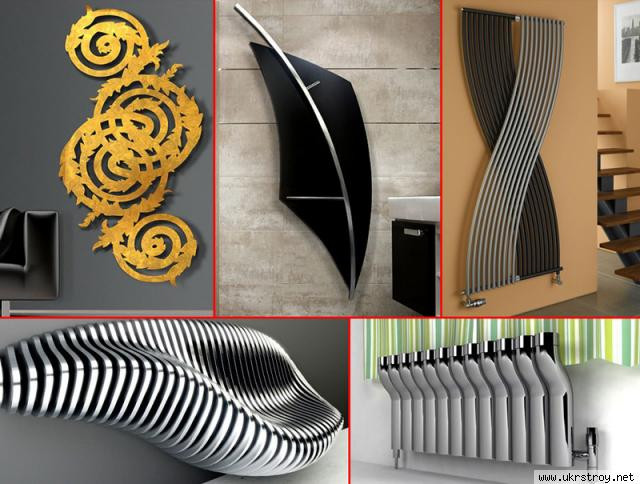 Decorative heating radiators are becoming central elements of interiors. The price of designer radiators can reach $5,000, but they pay off with durability and energy efficiency.
Decorative heating radiators are becoming central elements of interiors. The price of designer radiators can reach $5,000, but they pay off with durability and energy efficiency.
In practice, I often notice that clients who initially cut costs on radiators end up replacing them with designer models within 2-3 years. It’s better to invest in quality from the start.
Real success story: “A family from Chicago replaced eight old radiators with vertical designer Zehnder radiators for $3,200. They saved 40% of space, and heating bills dropped by $300 annually. The payback period is 10 years, but the joy of a beautiful interior is priceless,” says architect James Mitchell.
Installing Designer Radiators and Their Impact on the Heating System
Installing designer radiators requires a professional approach. The installation of heating appliances affects the entire heating system—design must account for technical parameters. Connection types (side, bottom, diagonal) determine not only aesthetics but also operational efficiency. Side connections provide maximum heat output, bottom connections offer better aesthetics, and diagonal connections strike an optimal balance. Studies show that smart technologies in heating systems can boost energy efficiency by up to 30% when properly integrated with designer solutions.
It’s worth noting that improper installation can reduce efficiency by 20-25%. In one project in Los Angeles, we had to redo the entire piping due to planning errors. According to international standards EN 442 and ASHRAE, minimum distances are: 60 mm from the floor, 25-50 mm from the wall, and 100 mm from the windowsill to ensure proper convection.
Vertical Radiators: A Modern Solution for Space Saving
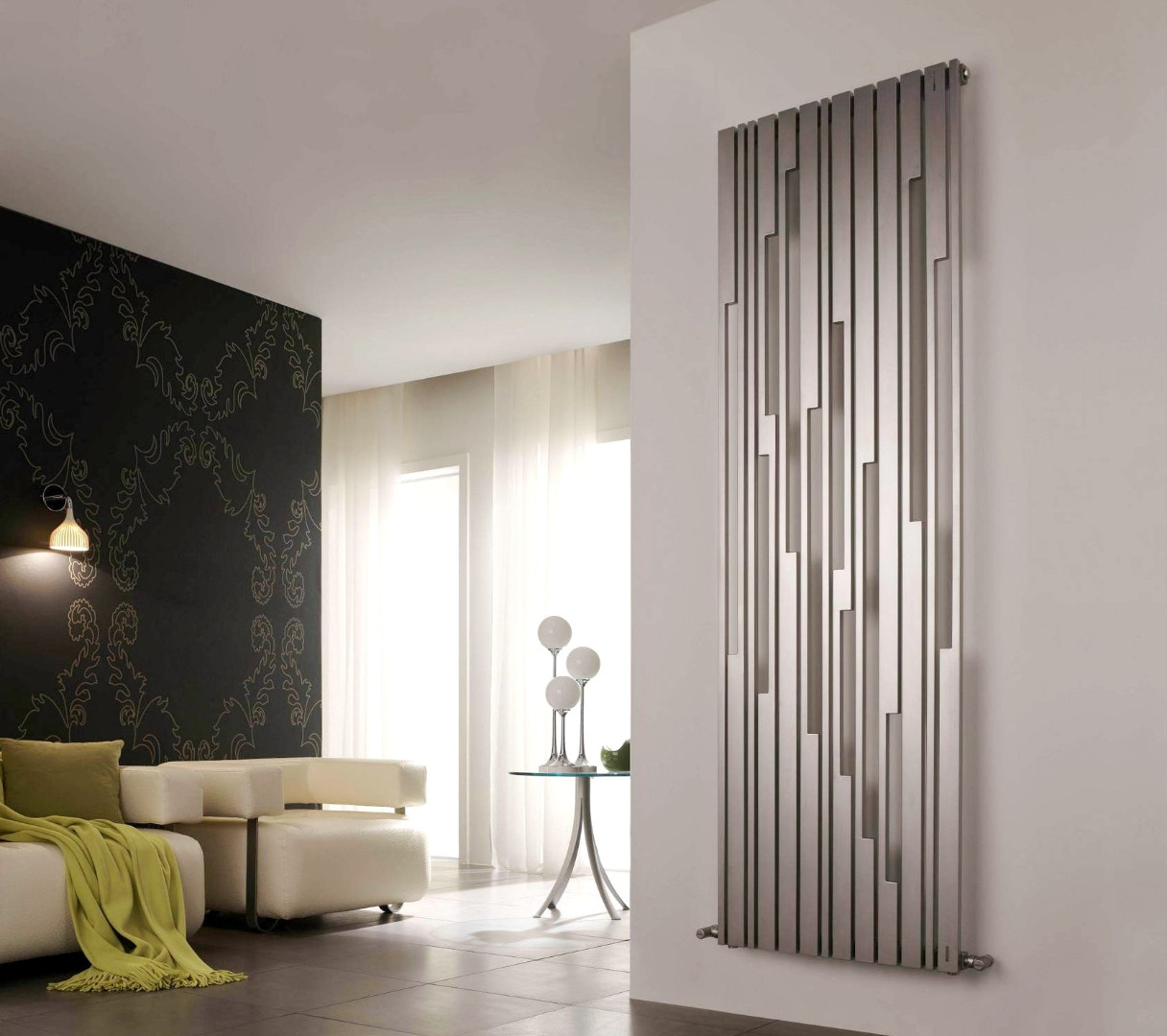 Vertical designer models deserve special attention. They save space, especially in narrow niches, allow for striking interior accents, and are ideal for rooms with high ceilings. Heights from 1,800 to 3,000 mm with widths of just 300-600 mm make them indispensable in modern layouts.
Vertical designer models deserve special attention. They save space, especially in narrow niches, allow for striking interior accents, and are ideal for rooms with high ceilings. Heights from 1,800 to 3,000 mm with widths of just 300-600 mm make them indispensable in modern layouts.
Smart Radiators and Integration with Smart Home Systems
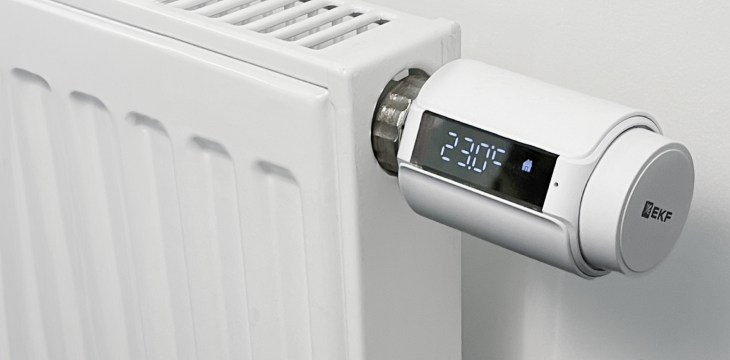 Modern smart radiators are equipped with thermostatic heads featuring Wi-Fi modules, enabling temperature control via smartphone. Integration with Google Home, Alexa, or Apple HomeKit allows for scheduling heating modes, saving up to 12-15% of energy, according to European Heating Industry studies.
Modern smart radiators are equipped with thermostatic heads featuring Wi-Fi modules, enabling temperature control via smartphone. Integration with Google Home, Alexa, or Apple HomeKit allows for scheduling heating modes, saving up to 12-15% of energy, according to European Heating Industry studies.
DIY Solutions: How to Make a Radiator Screen Yourself
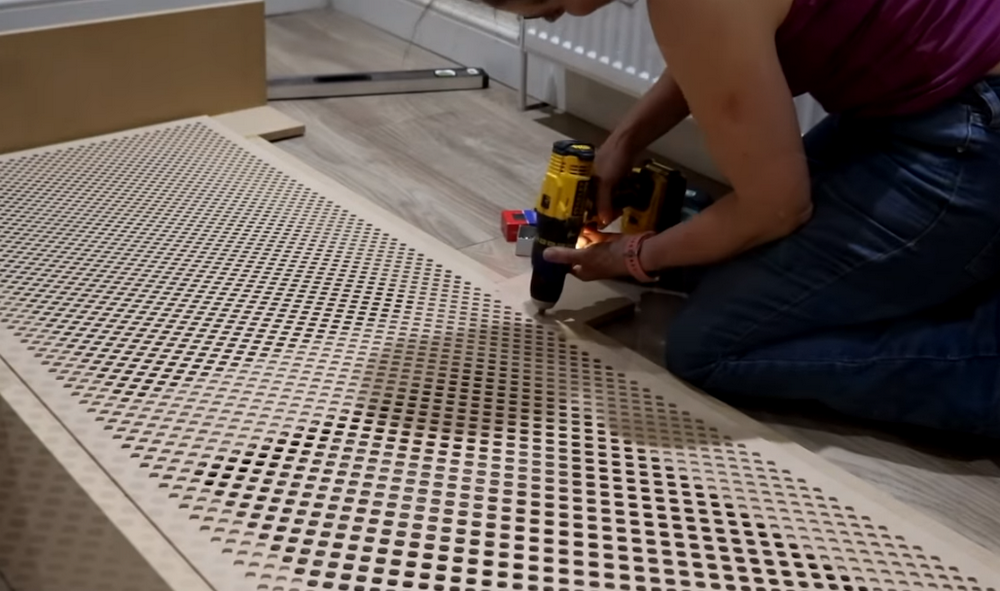 The simplest screen can be made yourself for $20-40. Key steps: create a frame from 20x40 mm wooden slats, cover it with a perforated sheet (at least 40% openings), and paint with heat-resistant paint. Attach using brackets or magnets for easy removal during maintenance.
The simplest screen can be made yourself for $20-40. Key steps: create a frame from 20x40 mm wooden slats, cover it with a perforated sheet (at least 40% openings), and paint with heat-resistant paint. Attach using brackets or magnets for easy removal during maintenance.
Radiator and Decoration Selection Checklist
Proper radiator decoration starts with analyzing key factors. When choosing radiator decoration, consider the following criteria:
- Radiator power and room size (80-120 W/m² for modern homes)
- Heating system type (centralized/autonomous)
- Decoration budget ($30-500 per radiator)
- Interior style and color scheme
- Presence of children (safety requirements)
- Maintenance frequency (accessibility for cleaning)
- Room humidity (bathroom, kitchen)
Accounting for these parameters will help avoid mistakes and create functional radiator decoration.
Top 5 Mistakes in Radiator Decoration
Concealing heating radiators requires adherence to technical standards. Avoid these common mistakes:
- Complete radiator isolation – solid enclosures reduce heat output by 40-50%
- Using flammable materials – low-quality plastic can deform at temperatures above 60°C
- Incorrect distances – less than 25 mm to the wall disrupts convection per EN 442
- Painting with unsuitable paints – regular paints may release volatile compounds when heated
- Placing furniture too close – less than 300 mm causes overheating of wooden surfaces
Adhering to these rules ensures safety and maintains radiator efficiency in any interior.
A modern radiator is not just a heat source but a full-fledged design element. When choosing between concealment and accentuation, focus on style, budget, and functionality. A well-decorated radiator can become a room’s highlight rather than its flaw. Let the warmth in your home be not only efficient but also beautiful.
